
It was early afternoon and the grocery store was bustling. The cashier’s name was Candy. Candy had her long white hair smoothed back into a low ponytail. Thin and agile, she wore blue jeans and her regulation-red vest. She cast a calm smile down the long row of waiting customers.
The line moved quickly because she slid loaves of bread and packages of meat across the scanner with practiced ease, one hand reaching to key in produce codes as she flipped over peppers and avocados and apples. The man at the front of the line finished writing his check, handed it to her with a smile, and then it was the turn of the woman before us.
I had been glancing over the tabloid headlines, but I was surprised to attention by the sound of Candy’s low, graveled drawl. “Oh, you didn’t!” She said. I looked up to see her holding a Dr. Pepper.
“That’s right, isn’t it?” The woman standing at the card reader looked exhausted, but she was smiling through the deep lines on her face. “I didn’t forget. You like Dr. Pepper?”
“That is so darn sweet of you,” Candy said, and I realized this woman had thrown the Dr Pepper into her cart to give it, as a gift, to the cashier.
“Well,” said the exhausted woman. “I just remembered you liked it.”
“How are you doing these days, honey? Is your husband any better?” Candy’s hands moved steadily, on auto-pilot, and I noted the package of discounted ground beef passing down the conveyor.

“No,” the woman sighed. “No, he isn’t. They say he won’t be able to work anymore. They say–” She sighed again, “Well, that accident was just real bad. Really, really bad.”
“I’m so sorry,” Candy said, shaking her head sadly.
“I’m looking for more work, if you hear of anything,” said the woman. “I’m trying to get seven days a week where I am, but the bosses haven’t agreed yet. Plus, I’ve got to take care of him now full-time.” She shrugged. “Nothing else we can do.”
Candy nodded.
“Well, anyway. I’m just taking it one day at a time.”
“All you can do,” Candy agreed. She handed her the receipt. They exchanged “See you laters” and the woman pushed her cart toward the door. Candy unscrewed the lid of her Dr Pepper and took a sip as she started pushing our groceries across the scanner.
We stepped up, a little hesitant. “We couldn’t help overhearing,” Jim said.
“Oh, it’s so terrible,” Candy said to us. “Her husband had an awful accident, truck accident, you know? It was out Highway 400?”
We nodded.
“No insurance, of course. It’s just awful.”
I let out a little moan, imagining what their medical bills must have been. “No insurance,” I repeated. “God.”
“Mm-hmm,” said Candy.
I started gathering fruit from the end of the belt, and putting it into one of our bags. Candy grabbed another bag for the bread.
“Poor woman,” she said, stuffing the bag. “She’s been through so much.” She reached back and handed Jim the receipt with a little shrug. “Well, what can you do?”
And we had to agree. What, after all, can you do?
A couple months ago, I read a Kansas news story about a man in Nickerson who’d been busted for drug dealing. Among other things, he had been caught with two pounds of meth and 890 opioid pills containing fentanyl. The pills were marked as oxycodone, and the article suggested he’d meant to mislead his buyers about the presence of fentanyl in them, which would have created a high risk of overdose and death. The man must have known quite a few people with pain problems. Everyone here knows plenty of people with pain problems. Nickerson is a town of a thousand people, and the man was in his late 50s. As I read the article, I wondered just how many of his friends that man might have killed, had he not been caught. And I wondered how many of those oxy-fentanyl pills were passing through the state that day, through other un-discovered hands, into the bodies of people who were in pain.
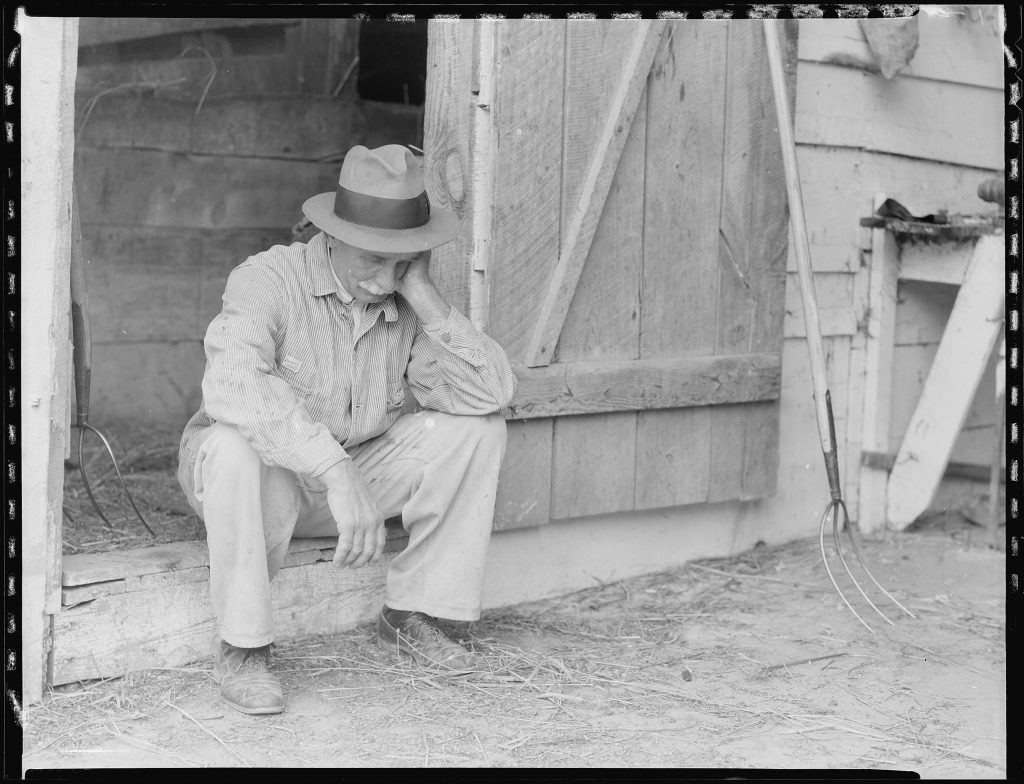
I thought of that news story again, a few days ago, when Jim and I were sitting at the local pizza place, and I overheard a conversation from a couple tables away.
“The doctors just won’t give her any more,” a man was saying.
“But she told them how much it hurts, right?” Another voice, female.
“Yeah, she tells ’em and she tells ’em, but she can’t find anyone who’ll give her a prescription. I don’t know what to do. The pain doesn’t ever stop anymore, it doesn’t go up and down. It’s all the time.”
“Maybe another doctor? Or maybe there’s something else they could give her?”
“I don’t know. They treat her like she’s a junkie or something. But what’s she supposed to do? She can’t hardly move anymore. Can’t work. Can’t do nothing, so I’ve got her moved in with me. I set her up with a little TV in her room. I tell her, you know, don’t worry about nothing, Mom. I’ll take care of you. But she keeps wanting to cook me dinner or clean up her bedroom. And then it’s just awful.”
“God.” And there was a long, silent pause. “What are you going to do?”
“What am I–? I’m doing it. Whatever I can do. I keep printing out instructions for physical therapy, stuff that’s supposed to make her feel better, but it just hurts her too bad. I’m going to take her down to Oklahoma, see if we can find her a doctor down there. Maybe something’ll stick.”
Another long pause. I could hear the clink of a fork against a plate.
“Anyway, what can you do? That’s life,” he said, chewing. “And I haven’t asked about you. How’re the kids?”
Pain isn’t anything new, of course. Even despair. Delve deep into the history of any tiny burg in this country, any neighborhood in any part of the world, any nation of people, and you’ll find unbelievable pain. The pain of floods and tornadoes. Of famines and dust bowls. Pogroms and deportations. Riots and mobs, and governments that sometimes behaved like rioting mobs. Massacres. And on an individual level, no one escapes her own dose. We experience terrible grief, or we face down a disease. We watch people we love struggle with their own burdens, with illnesses and addictions and poverty. It’s woven inextricably into all of us, the whole pain of human history. There’s nothing new in it at all.
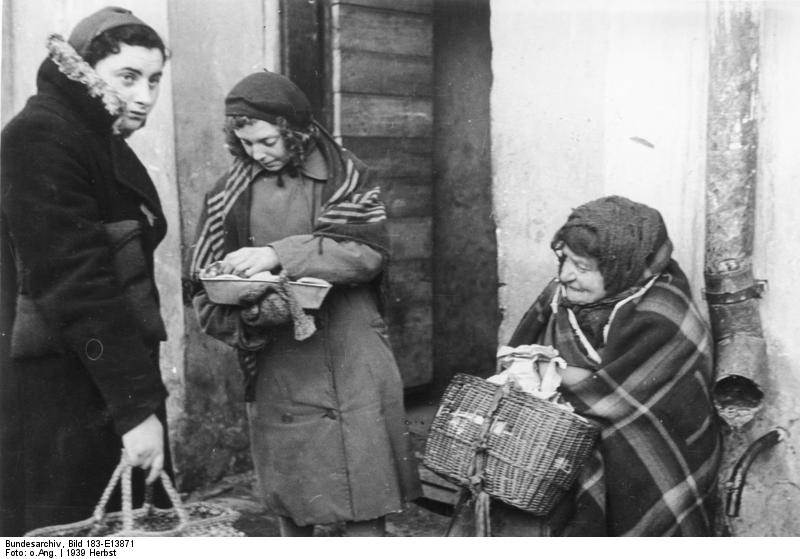
So what is new? For some reason, the skies are darkening around us. Pain is thickening to despair, and increasing around the country. This increase demands a conversation. It’s long past demanding a conversation.
The term “Deaths of Despair” gained popular currency after the Center for Disease Control announced that the American life expectancy had decreased, for the first time in decades, in the year 2016. Then life expectancy decreased again in 2017. The reason for the declines? Increasing numbers of deaths due to drug overdoses, alcoholism and suicide.
The numbers are horrifying. Between 1999 and 2017, the suicide rate increased by 33%. For men, the rate has increased by 2% every year since 2006. For women, the rate increased by 3% every year since 2007. Between 1999 and 2017, the numbers of deaths from drug overdoses more than tripled. Overdose deaths increased nearly 10% just between 2016 and 2017. I wasn’t able to find 2017 numbers for deaths related to alcohol, but between 1999 and 2015 those deaths increased by 28%. For Non-Hispanic White Americans, over that period of sixteen years, the rates of alcohol-related deaths increased by 50%. But the numbers of the dead—around 70,000 each year from drug overdoses, around 90,000 related to alcohol, and around 45,000 from suicide—aren’t enough to explain the whole breadth of the problem. The deaths are an indication, but they don’t tell you anything about the people who are still living.
What about all the unsuccessful suicide attempts, for instance? In 2017, there were an estimated 1.4 million. And 273,000 people were admitted to emergency rooms because they’d deliberately harmed themselves. 14.5 million people reported an addiction to alcohol in that same year. 7.5 million reported an addiction to illegal drugs. (Bear in mind that these were ‘reported’ statistics, so the numbers are almost certainly higher.)
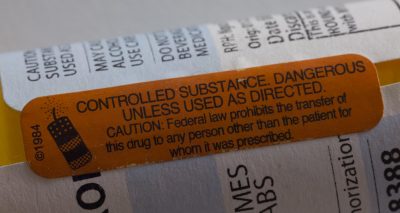
And then there are all the less obvious markers of distress. Like the 13.5 million prescriptions for Benzodiazepines (like Xanax and Valium) in 2013. That’s an increase of 67% from 1996. Or the roughly 13% of Americans who are taking antidepressants, (and that percentage rises to 19% over the age of 60.) The 27% of American adults who report consuming Marijuana, most of them multiple times a week. And even the levels of obesity—over 90 million people in 2016.
All of these numbers—and there are endless, depressing numbers—are indications. They suggest that people aren’t happy, that they aren’t comfortable with their own un-medicated minds. They are symptoms, with an underlying cause that is certainly more psychological than physical. Perhaps the most striking number I found in my research, the number beneath all the other numbers, is that, according to a 2018 survey, roughly 50% of Americans view themselves as lonely.
We should clearly be talking about political cures for what ails us. Expanding the social safety net. Increasing access to mental health care. Developing more treatment programs. Those are all worthwhile efforts, and they would help prevent many of the deaths. As a society, we need to be focusing so much more money and attention on those issues.
But this discussion can’t be purely political. We’re talking about despair, after all, and no law will cure despair. Pain is a side effect of life. It’s maybe the most reliable indication that you are alive. Heartbreak and grief will go on, regardless of what laws are passed. Cruelty, disease, and death will remain constant. That’s a given.
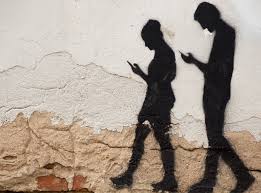
And there’s the loneliness. Well, we all know the cause of that. Does anyone think that’s going to lessen any time soon? We’ve all seen how community ties have broken away in recent years. Churches lose parishioners each week. Civic organizations are shuttered. Families scatter across the country and friendships lose their intimacy. All our public spaces—even those filled with moving, breathing human bodies—are isolating, as each person stares down into his individual screen. Outside the bonds of a close relationship, the likelihood of experiencing a human touch—a hug, or even a friendly fleeting pat to the arm or shoulder—is approaching non-existence. And this trend is almost certain to get worse before it gets better.
So we need to talk about how to live with pain. How to cope, without reaching for drugs or alcohol. How to survive.
When I consider the people I’ve known who have prevailed successfully against terrible suffering, one commonality strikes me. Always, they’ve displayed this surprising tendency to shrug and to laugh.
“Ah well. What can you do?” they will ask me rhetorically. Like the woman did at the checkout counter in the grocery store. Like the man did, two tables down, in the pizza place. They will shrug, and then they will talk about something they love. Their garden. Their children. Their pets. They will share a recipe they’ve discovered, or tell a funny story. They will buy the cashier a Dr Pepper just to make her smile. Is that avoidance? Maybe. But it can also be a display of incredible strength.
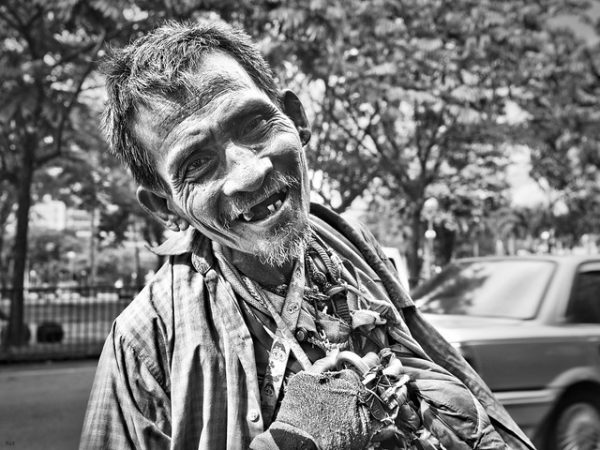
What they’ve told me—and now it’s more than a handful of extraordinary people who have told me the same thing—is that, in the midst of terrible suffering, they were able to keep a piece of themselves separate. While everything else was breaking down, they created a space inside their mind that was unreachable and inviolable. A safe room. They could retreat to that room, in the midst of chaos, to experience the parts of themselves that were still soft and good-humored. They could store their love there, and their appreciation of the world. And, in that way, they proved resilient. They were able to weather the storm and emerge intact from under the rubble.
I wonder if we shouldn’t be teaching this skill to all our children, and preaching it from the pulpits. And I wonder if we shouldn’t be talking about the gift a person can be given, in experiencing pain. That you can discover what courage lies at your core, and the wholeness of your mind that can’t be taken from you by any external force. So many of the people I love were made more giving, more compassionate and appreciative, by their painful experiences. To a one, they were given the most extraordinary senses of humor. Can you teach that? I don’t know. But, in this time of increasing despair, it certainly warrants discussing.
“Ah well.” That shrug. “What can you do?” It’s like a miracle.
In that way, they make their despair so much smaller. “Look at this pain,” they seem to say. “Isn’t it just absurd?” And it’s so beautiful to witness, from that shrug, how despair can be dwarfed. How paltry and petty pain is, when faced by the fearsome integrity of that resilient soul.
Tonya Stiles is Co-Publisher of the Canyon Country Zephyr.
To comment, scroll to the bottom of the page.
Don’t forget the Zephyr ads! All links are hot!
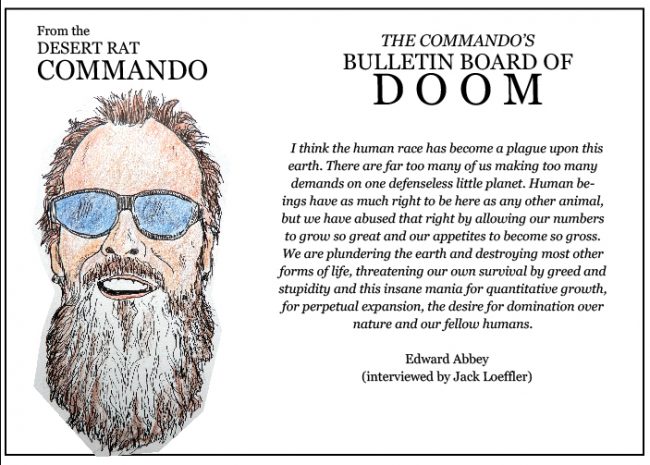
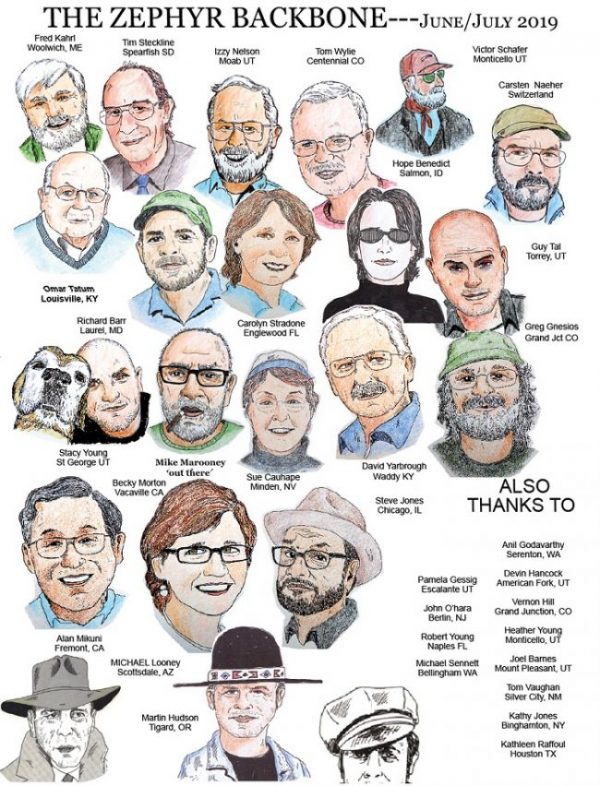



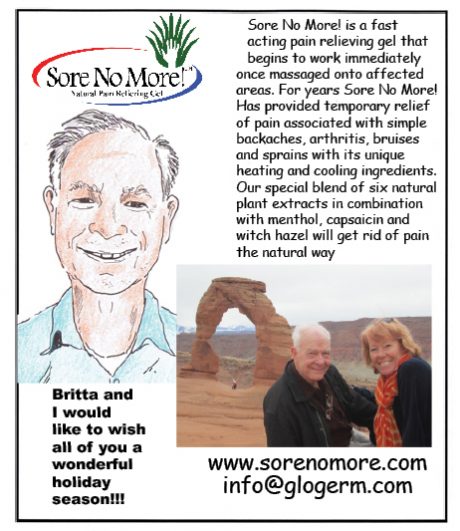

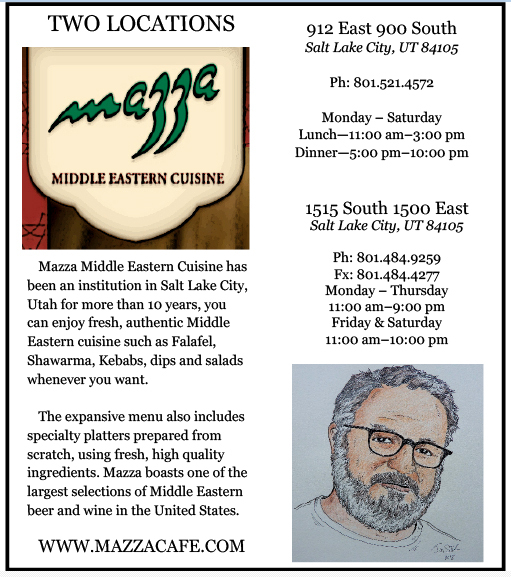

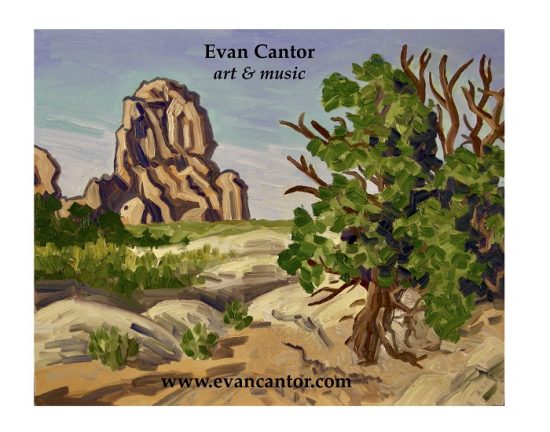
hi tonya–I always get a little bit of the heebie-jeebies when I see marijuana mentioned in the same breath as all those other drugs of which you were speaking. It’s been many long years since I was a morning-noon-n-night stoner, but I’ve never felt that marijuana should be classified as dangerous as any opioid or any other mood-changing drug like anti-depressives, tranquilizers, cocaine, alcohol or meth/speed. It’s just a plant. It is a non-addictive substance that is impossible to overdose (except for maybe psychoactive effects that wear off after a few hours) and, for the most part, tends to mellow people as opposed to getting them to start fights. That it can be used, in part, to ameliorate pain is just a fabulous bonus. I think your point is “right on” and would be made better if you edited out anything about marijuana use.